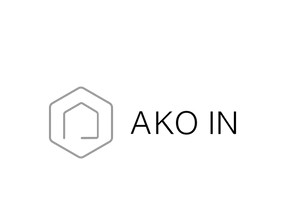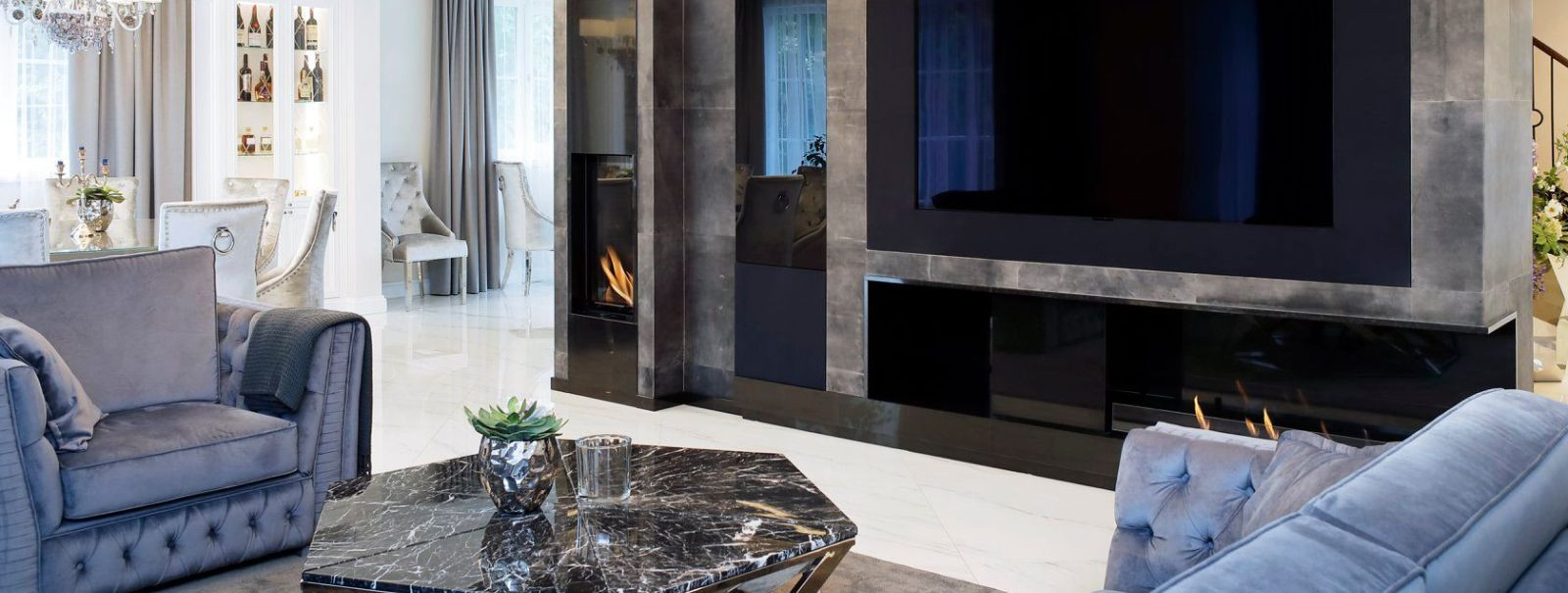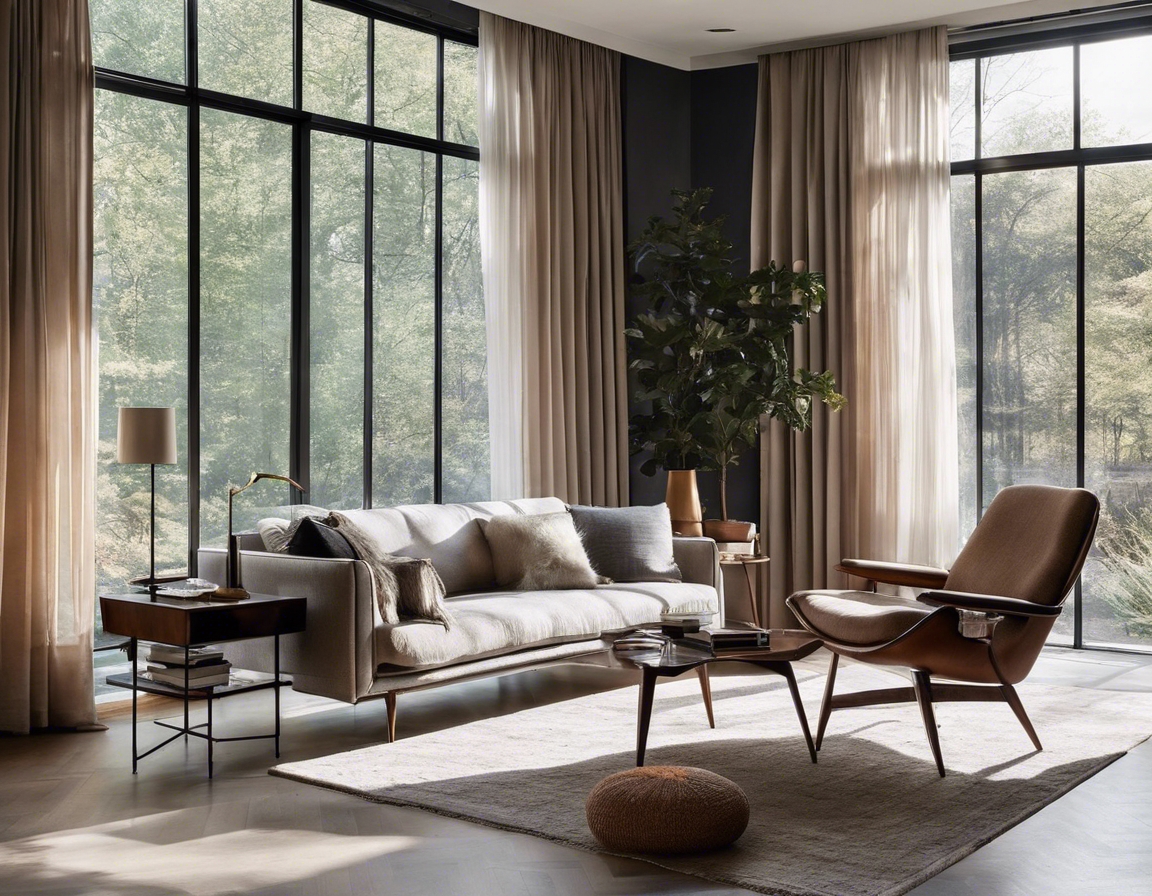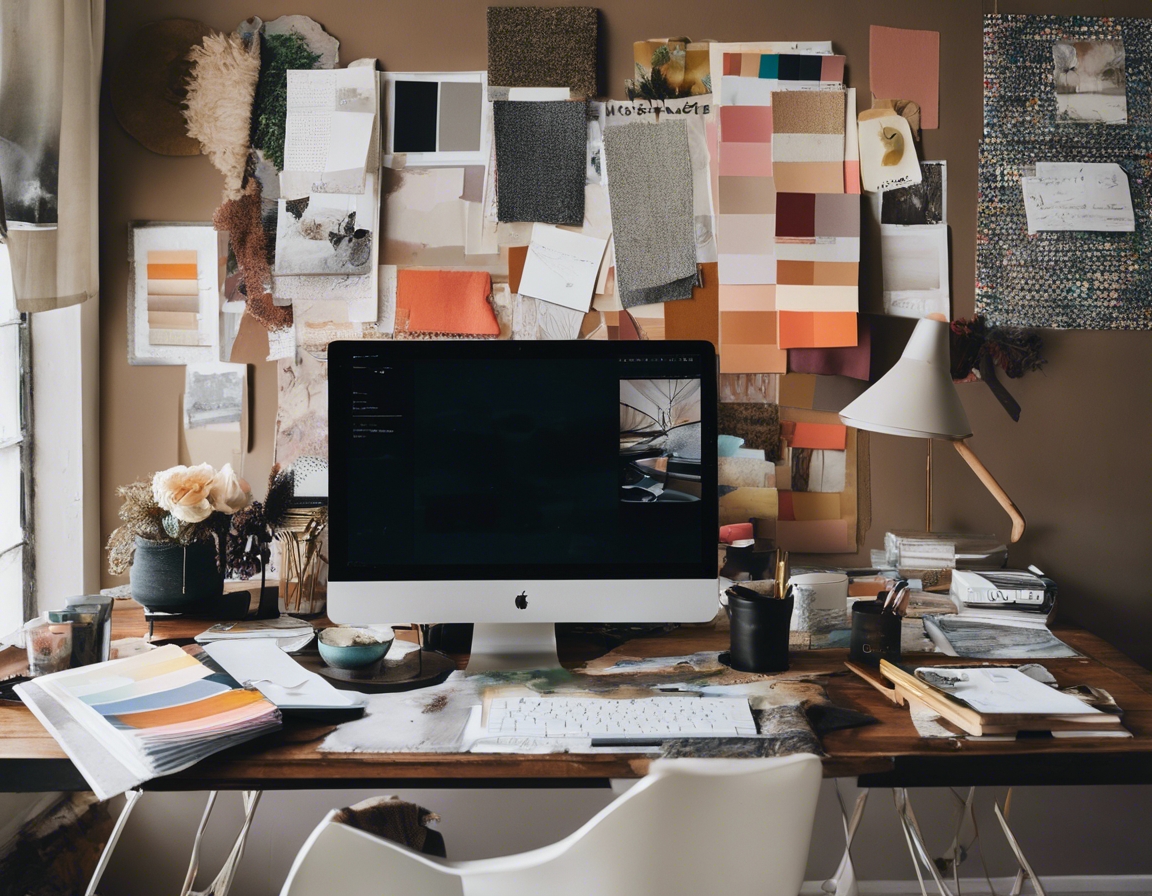5 trends shaping the future of interior design
The world of interior design is constantly evolving, with new trends emerging as responses to cultural shifts, technological advancements, and a growing emphasis on sustainability. For property developers, business owners, and discerning homeowners, staying ahead of these trends is crucial for creating spaces that are not only aesthetically pleasing but also functional and future-proof. Here are five trends that are shaping the future of interior design.
1. Sustainable and Eco-Friendly Designs
There is a growing demand for interior designs that prioritize environmental responsibility. Sustainable materials such as bamboo, reclaimed wood, and recycled metals are becoming more prevalent. These materials are not only eco-friendly but also add a unique aesthetic to any space.
Energy-efficient lighting, smart thermostats, and appliances are being integrated into modern designs to reduce the carbon footprint of homes and businesses. The use of technology to monitor and control energy usage is also on the rise.
2. Smart Homes and Technological Integration
The future of interior design is smart. Home automation systems that control lighting, climate, and security are becoming standard in luxury designs. These systems offer convenience and can be managed remotely via smartphones or tablets.
Furniture and appliances are not only becoming more stylish but also smarter. Refrigerators that can help manage grocery lists and sofas with built-in charging stations are just a few examples of how technology is being integrated into furniture design.
3. Biophilic Design Elements
Biophilic design, which seeks to connect occupants more closely to nature, is gaining traction. The use of natural light, living walls, and water features can improve air quality and create a serene environment.
Spaces designed with a biophilic approach can have significant health benefits, including reduced stress levels and improved mental health. This trend is particularly relevant as individuals seek sanctuaries within their homes and workplaces.
4. Multifunctional Spaces and Adaptive Design
The demand for multifunctional spaces is on the rise, especially in urban environments where space is at a premium. Furniture that can be adapted for various uses or that can be easily moved and reconfigured is becoming increasingly popular.
Interior design is adapting to the diverse and evolving needs of modern lifestyles. Spaces that can easily transition from a home office to a workout area or a social space are essential for today's dynamic living situations.
5. Personalization and Storytelling
Consumers are looking for ways to personalize their spaces to reflect their tastes and stories. Customizable options in furniture, finishes, and decor allow for a more personalized and unique interior that resonates with the individual's identity.
Interior design is becoming a means of self-expression. Designers are focusing on creating spaces that tell a story and evoke an emotional response, ensuring that each design is as unique as its inhabitant.






Kommentaarid (0)